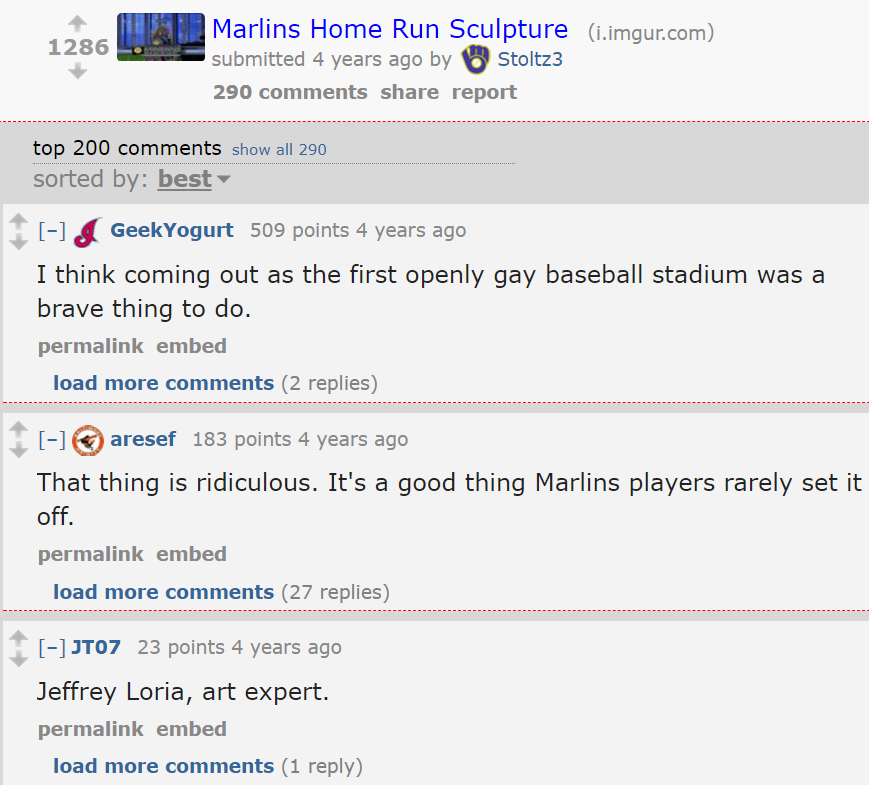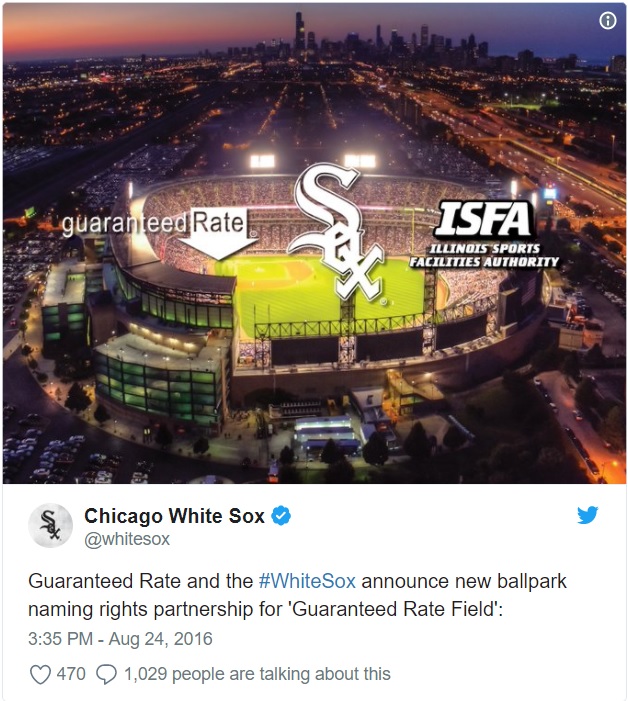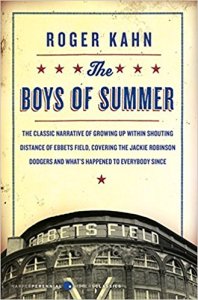
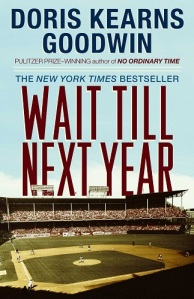
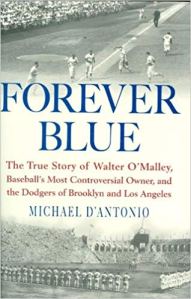
Countless books have been written about business, from overall strategy to current management fads. Barbarians at the Gate remains a personal favorite in the former category, while anything by Scott Adams always fits nicely into the latter. I had been searching for a detailed story of Brooklyn Dodgers baseball franchise from a business standpoint, rather than the quasi-personal memoirs The Boys of Summer by Roger Kahn and the slightly better Wait Till Next Year by Doris Kearns Goodwin.
That is because this writer teeters between being a casual fan and an interested fan of baseball. Certainly, baseball (like golf, hockey, and cycling) is more cerebral than American football and commands more intelligent storytelling than basketball. But it has been only in the last two years that I have wanted to learn more about the history of the Dodgers franchise and the behind-the-scenes story their transfer from Brooklyn, New York to Los Angeles, California. The Dodgers played in Brooklyn under several names for 74 years, then based in Los Angeles for the last 61 years.
While Kahn’s book is often more romanticized by baseball fans than Goodwin’s, both blend the Dodgers and with personal stories of growing up in the New York metropolitan area during the 1940s and 1950s. From 1947 to 1956, the Brooklyn Dodgers won the National League pennant in six of those ten years, but won only one World Series (1955). Both Kahn and Goodwin have given us deeply personal memoirs of that era, riding the cruel waves of victory and (mostly) defeat.
But in Forever Blue, author Michael D’Antonio provides a far more detailed and fascinating more interesting account of the Dodgers franchise and the actual story of Walter O’Malley and how he went from a consulting attorney to owning the franchise outright. Like Barbarians at the Gate, D’Antonio starts with the people behind the story – in this case, Walter O’Malley. The author provides a surprisingly even-handed account of O’Malley’s life and his gradual change from attorney to baseball team owner. And from there, the Dodgers’ increasing success in the National League, despite a gradual loss in attendance at Ebbets Field.
Again, baseball “purists” love romanticizing Ebbets Field, but D’Antonio has provided a slightly clearer and sober picture of that iconic ballpark. And where Kahn fell short in documenting the Dodgers’ declining attendance, both Goodwin and D’Antonio did proper justice to the so-called “white flight” from Brooklyn to the suburbs and exurbs of Long Island, and how Brooklyn’s demographics inevitably changed.
D’Antonio’s research, which includes an enormous trove of O’Malley’s written correspondence and personal notes, combines New York’s social history with O’Malley’s work to find an adequate replacement for Ebbets Field. The fact that hundreds of thousands of people were able to purchase cars and buy suburban single-family dwellings made Ebbets Field’s obsolescence a foregone conclusion. D’Antonio’s research appropriately included an excellent view of New York’s extremely powerful (and un-elected) public official:
Robert Moses.
At one point, Moses held 12 public office titles simultaneously – and he wielded that political and financial power with cunning and cruelty. He came into public office as a crusader who wanted to wipe out the corruption of Tammany Hall, the Democrats’ New York political machine. But gradually, he gathered much more and frightening influence and power for himself, such that his authority overshadowed that of New York’s various mayors. No structure of any significance in New York from the 1930s into the 1960s happened unless Moses gave it his personal blessing. And with Moses’ approval, several neighborhoods were completely destroyed while he wielded his imperial power to have infrastructure built.
D’Antonio has assembled a coherent and cohesive timeline of O’Malley’s efforts to build a new ballpark for the Dodgers, as well as Moses’ refusal to lift a finger to help. The author has diligently told of O’Malley’s work with Los Angeles officials, the four years of playing in an absurd configuration of the Los Angeles Memorial Coliseum, and the smashing success of Dodger Stadium. D’Antonio also introduced us to O’Malley’s wife Kay, daughter Teresa, and son Peter, who would ultimately inherit control of the team from his father.
While countless New York baseball fans have compared Walter O’Malley to Hitler and Stalin, Forever Blue makes much clearer the case that the blame for the Dodgers and Giants franchise moves to California essentially lies in the hands of Robert Moses.
The byproducts of that episode were that the Dodgers went from winning just one championship in Brooklyn to winning five World Series in Los Angeles. And even though it is now 56 years old, Dodger Stadium remains a hallmark of ballpark design that is still a standard, having outlasted the regrettable concrete cookie-cutter designs in Atlanta, Philadelphia, Pittsburgh, Saint Louis, and Washington DC. It has even outlasted Moses’ Long Island successor to Ebbets Field, Shea Stadium (1964-2008).
And unlike Ebbets Field, which deteriorated beyond fiscally-reasonable maintenance, Dodger Stadium has been upgraded and refreshed with better spectator accommodations over the decades. More importantly, it is stronger and safer now than before, with gradual reconstruction to increase seismic resistance.
Also like Dodger Stadium itself, Moses’ failures finally forced Major League Baseball out of cross-regional scope and into a truly nation-wide game. Baseball’s expansion into the deep south, into Texas, the west coast, and the Rocky Mountain region was an historic inevitability, as was the National Hockey League’s Great Expansion of 1967. What Robert Moses did to baseball fans in New York was a travesty, but both Ebbets Field (Dodgers) and the Polo Grounds (Giants) were doomed to obsolescence, failure, and destruction.
Incidentally, after spending 44 years in the humid outdoor refrigerator that was Candlestick Park (such a great name for a baseball venue), the San Francisco Giants now have a truly purpose-built venue in AT&T Park, which has an uninspiring name but is a smashing success of baseball architecture.
If you are even a casual baseball fan, I recommend both The Boys of Summer and Wait Till Next Year. But for sports fan and business person alike, this writer strongly recommends Michael D’Antonio’s Forever Blue.
